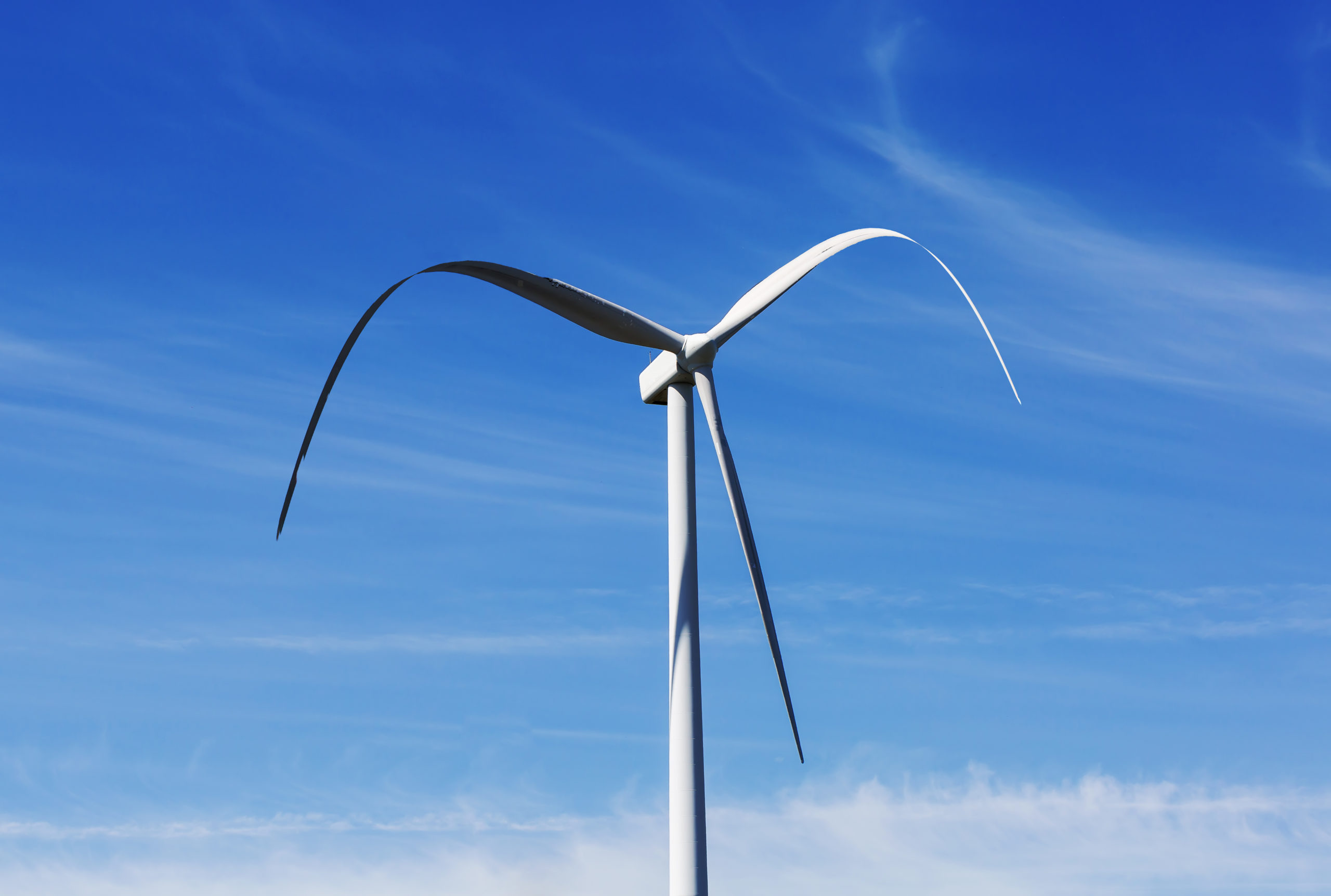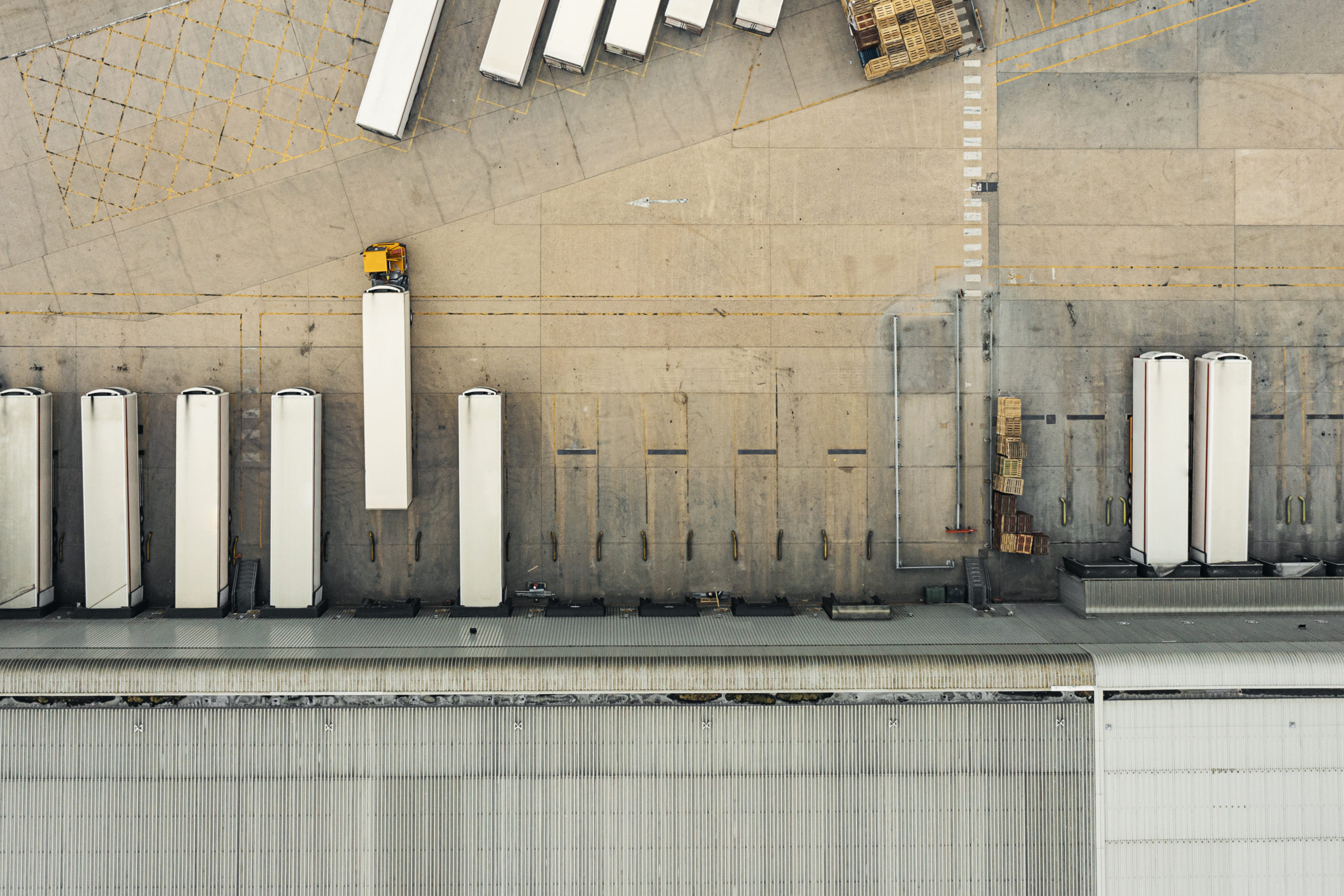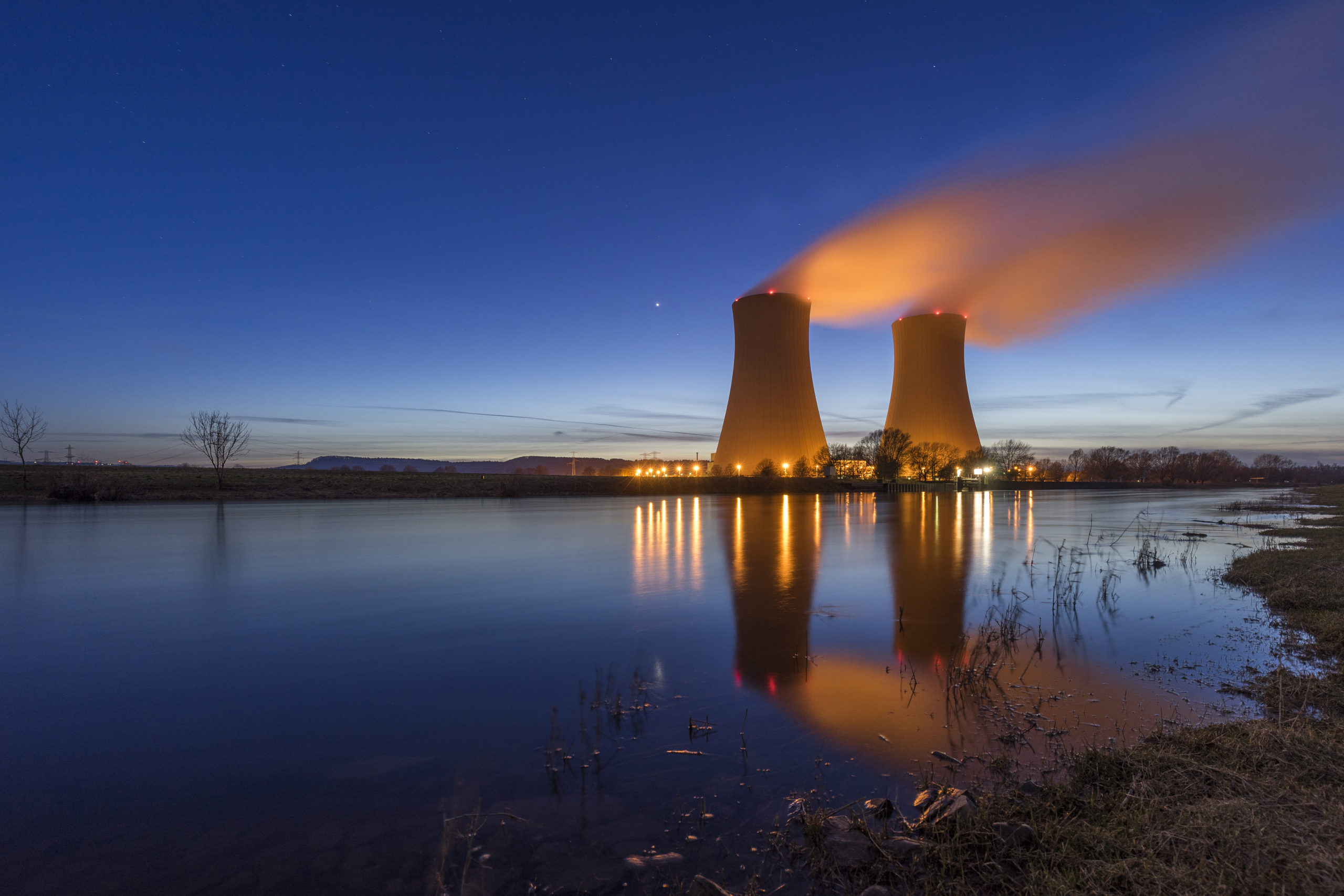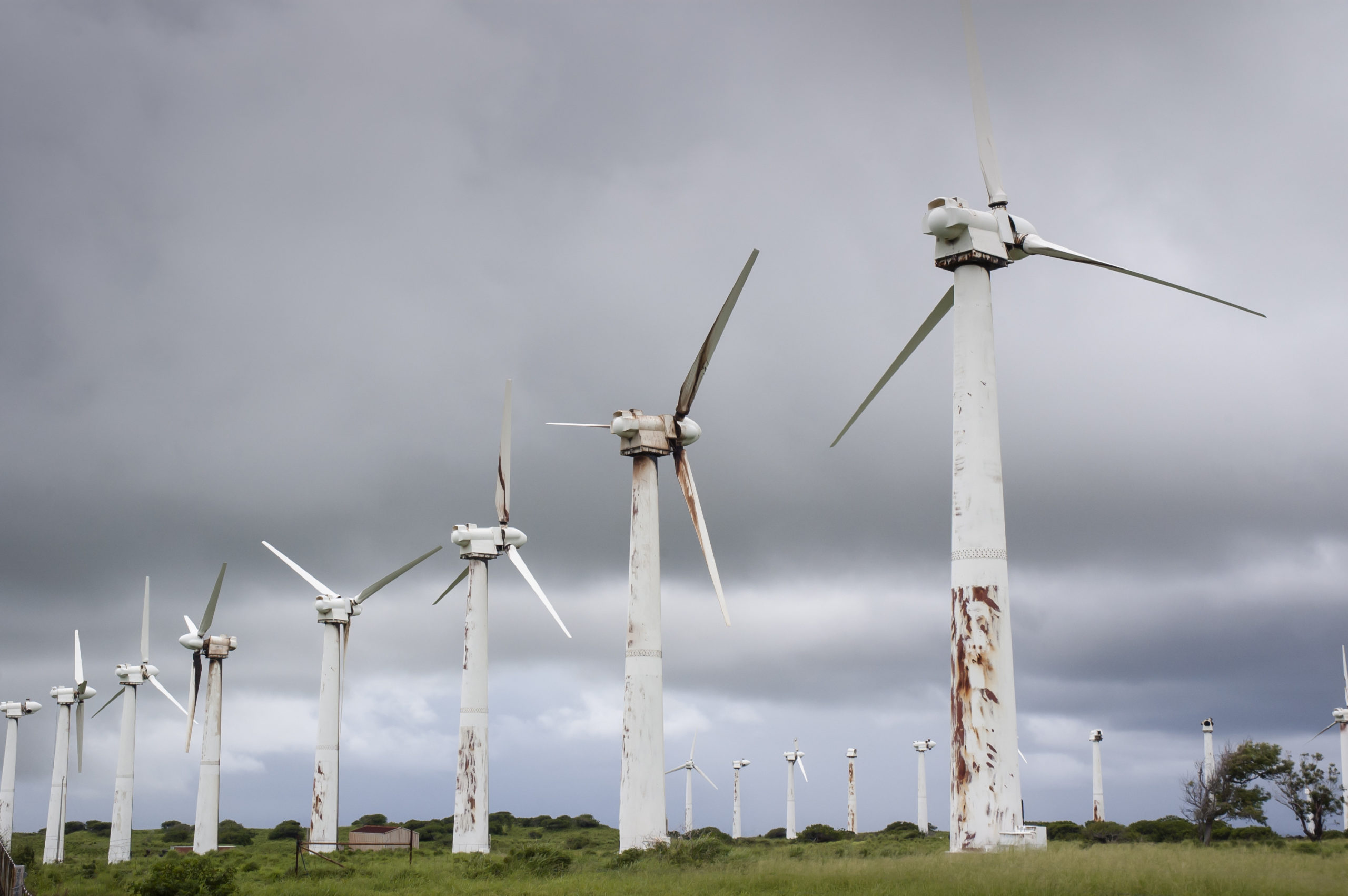A case study in out-of-touch environmental regulation and its disastrous effects.
The Pollution Isn’t the Point

The U.S. government must come clean on energy goals and incentives.
During an early scene in the classic Gary Cooper film Sergeant York, then-civilian Alvin York and his friends run out of things to drink “fer” and begin finding things to drink “agin’”(st). Today, if we are not completely and uncompromisingly “fer” a progressive position, then we sometimes feel we must be automatically and unequivocally “agin’” that position. This is part of the reason progressives adopt such extreme postures. It allows them to trap everyone else in a false choice between signing up for an insane program, or rejecting issues of real concern altogether. Nowhere is this more true than in the environmentalist movement and the subject of a “greener” grid.
By the logic of our loudest commentators, anyone not fully supportive of a completely “green” grid (zero fossil fuels, and certainly zero nuclear power, unintended or intended consequences be damned) cannot possibly support a cleaner environment. But how fragile is our national electrical grid, and to what extent can we incorporate renewables as we plan for the future and upgrade our very rapidly aging infrastructure? Here are a few observations on the subject in normal-person terms (as distinct from indistinct alarmist screeching) from an industry “expert” with twenty years of working in, on, and around power generation and delivery.
The Green Grid
A quick and very simple primer on the grid: power is generated by fossil, nuclear, or renewables (solar/wind/hydro) and distributed across the nation by a (mostly) interconnected series of high-voltage transmission lines. Almost all of the tens of thousands of miles are privately owned by publicly traded companies. These are regulated monopolies which, in return for a reliable source of power, are granted a guaranteed rate of return. The grid traffic is directed by Regional Transmission Organizations (RTOs) which monitor capacity on the lines; the rules and regulations are voted on by the five commissioners of the Federal Electric Regulatory Commission (FERC); and standards are developed by the North American Electric Reliability Corporation (NERC). FERC commissioners serve 5-year staggered terms and are appointed by the president.
The current electric grid policy, as supported/defined by the Biden Administration, aims for a zero-fossil fuel grid by 2035. At an industry meeting in D.C. which I recently attended along with FERC commissioners, DOE employees, and private industry representatives from some of the largest IOUs, a Department of Energy panelist stated that the U.S. is currently energizing approximately 40mW of solar power a day. To reach the administration’s 2035 goals, that number would need to be 160mW a day. The panelist delivered this information with a straight face.
Administration operatives are talking, then, about making changes that require four times our existing buildout, in an industry already afflicted with labor shortages and supply chain delays. Where will the resources and manpower come from? No one has a good answer. During another gathering of this same organization earlier this year, Tennessee Valley Authority officials suggested that a 25% increase in transmission capacity (in support of the Electric Vehicle Charging Station rollout directed by the U.S. Department of Transportation) didn’t cause a concern for their organization. The looks of bewilderment in the room were amazing; for anyone in the know, a major utility (even a quasi-government-owned utility) projecting unconcern about a 25% increase is downright ludicrous.
Why isn’t the private side of the industry screaming from every available rooftop? Why aren’t we reading op-ed after white paper after twitter thread describing how completely unobtainable the DOE/FERC/Biden Administration’s policy is? Three little letters: ESG. Equitable and Social Governance is the new buzzword from the Federal Reserve (as enacted by the Biden Administration) setting standards and expectations for lenders.
Lenders are to invest in companies and projects supporting “equality.” If, upon reviewing the lender’s book of business, the Federal regulators feel ESG isn’t met across a large enough percentage of their investments, the lender can face consequences up to and including limited access to Federal Reserve Lending. And what, exactly, constitutes an adequate commitment to “equality”? No one can define it consistently—or perhaps, no one wants to. It’s more effective as an indeterminate cudgel to be applied at will.
A greener grid would be a good thing. Long-term planning for cleaner air and water, and protecting the environment in general, are good things. Sometimes government intervention can and does result in innovation. But the question not being answered regarding a green grid is why? What’s the plan? What’s the goal? What’s the intended result from the billions of dollars pumped into renewable power? A cleaner environment so we can save the planet? That’s a fantasy unless we get action from the biggest power producers on the planet—China and India. The real answer in the U.S. is: follow the dollars, and the power. ESG and tax incentives are driving financial institutions toward the greener new world. It’s a safe investment vehicle with a known rate of return. And it gives the state a supposedly urgent moral imperative to enforce compliance with whatever vague ideological abstractions it dreams up today in the name of salvation.
There’s nothing wrong with wanting to leave things better for future generations. Green technology will be part of how we get there, eventually. But to deploy a 160mW of solar a day requires more than printing buckets of funny money to dump on the problem. We don’t even know where the raw materials needed are located, much less who owns them. Guess what? It isn’t necessarily the good guys.
Our current energy policy is hellbent on destroying the U.S. economy for an undefined goal. We have enough oil for a hundred years. Michigan is the Saudi Arabia of natural gas. We mine and pump fossil fuels (including coal that is shipped by container ship load to China) more cleanly and safely than other places in the world. If our goal is a cleaner planet or, as has been declared by a certain congresswoman from NY, a planet rescued from its imminent destruction in 15 years, why outsource all that pollution? If the U.S. government wants buy-in on a new energy policy, it needs to state its aims clearly and chart an actionable course to pursue them.
The American Mind presents a range of perspectives. Views are writers’ own and do not necessarily represent those of The Claremont Institute.
The American Mind is a publication of the Claremont Institute, a non-profit 501(c)(3) organization, dedicated to restoring the principles of the American Founding to their rightful, preeminent authority in our national life. Interested in supporting our work? Gifts to the Claremont Institute are tax-deductible.
The Biden Administration is outsourcing pollution and weakening America’s energy reserves.
The Right needs a total vision overhaul on energy.
E.U. energy mandates impose needless suffering in the name of elite fantasy.
Can we protect the planet without kneecapping the economy?





